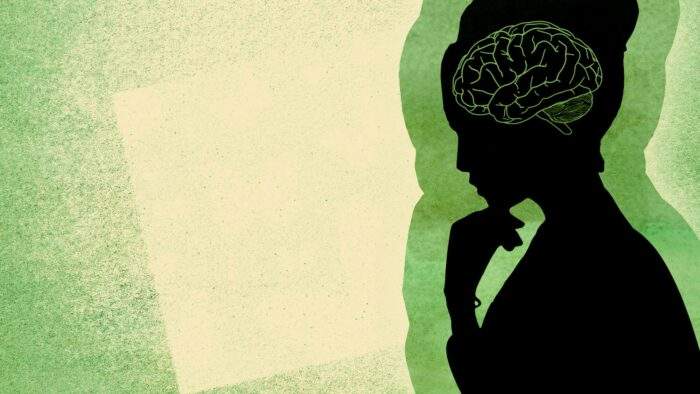Mental Anguish: Causes and Treatments for Neurologic Pain

Are you suffering from emotional pain you can’t get rid of? Do you fear this emotional burning inside of you may never go away?
When emotional suffering becomes too much to bear, it’s never easy to turn a blind eye. Although emotional pain is easier to bear than physical pain, it converts the same responses inside our brains that cause us physical pain.
By learning about the differences and similarities of mental anguish, you can have a better understanding of your body, brain, and pain threshold.
Causes of Mental Anguish
Mental anguish is a type of neurologic pain that can be caused by a variety of factors. These factors can include physical or emotional trauma, stress, and anxiety. Mental anguish can lead to several physical and emotional symptoms, including:
1. Migraines
Migraines are one of the most common types of headaches. They are usually characterized by intense throbbing or pulsing in one area of the head and can last for hours or even days. Migraines often occur with other symptoms, such as nausea, vomiting, and sensitivity to light and sound.
2. Fatigue
When we are tired, our bodies and minds are not able to work at their best, which can lead to a build-up of stress and anxiety. This can then lead to mental health problems such as depression, anxiety disorders, and even psychosis.
3. Irritability
This type of pain is often the result of damage or disease of the nervous system. Irritability is one symptom of neurologic pain that can be extremely difficult to deal with. This is because it can cause a person to be on edge and easily angered.
Treatments for Mental Anguish
Finding the underlying illness or condition that is causing the pain and treating it, if possible, is one of the goals of treating neuropathic pain.
Your doctor will make it a priority to reduce your pain, assist you in continuing with daily activities despite the discomfort, and enhance your quality of life. Treatment for mental anguish typically includes:
1. Combination of Medication
Medication can help to relieve pain, but it is often necessary to combine medication with physical therapy to achieve the best results. Physical therapy can help to stretch and strengthen the muscles and joints, and it can also help to increase the range of motion. The combination of medication and physical therapy is often the most effective treatment for neurologic pain.
2. Counseling
Counseling is an effective treatment for both chronic and acute pain. It can help to identify the source of the pain and to develop coping mechanisms. In some cases, it can also help to address the underlying cause of the pain.
3. Lifestyle Changes
Making lifestyle changes can be difficult, but they can often help to reduce or eliminate neurologic pain. Working with a doctor or other healthcare professionals can help to develop a plan that is right for you. If you are looking for neurologic treatments, read more.
Call a Doctor
It is important to seek help if you are experiencing neurologic pain, as it can signify a bigger underlying issue. If you are unsure of the cause of your pain, speak to a doctor to rule out any potentially serious health concerns. Many treatments are available for mental anguish, so there is no need to suffer in silence.
To find out the more interesting article, check out our site.




